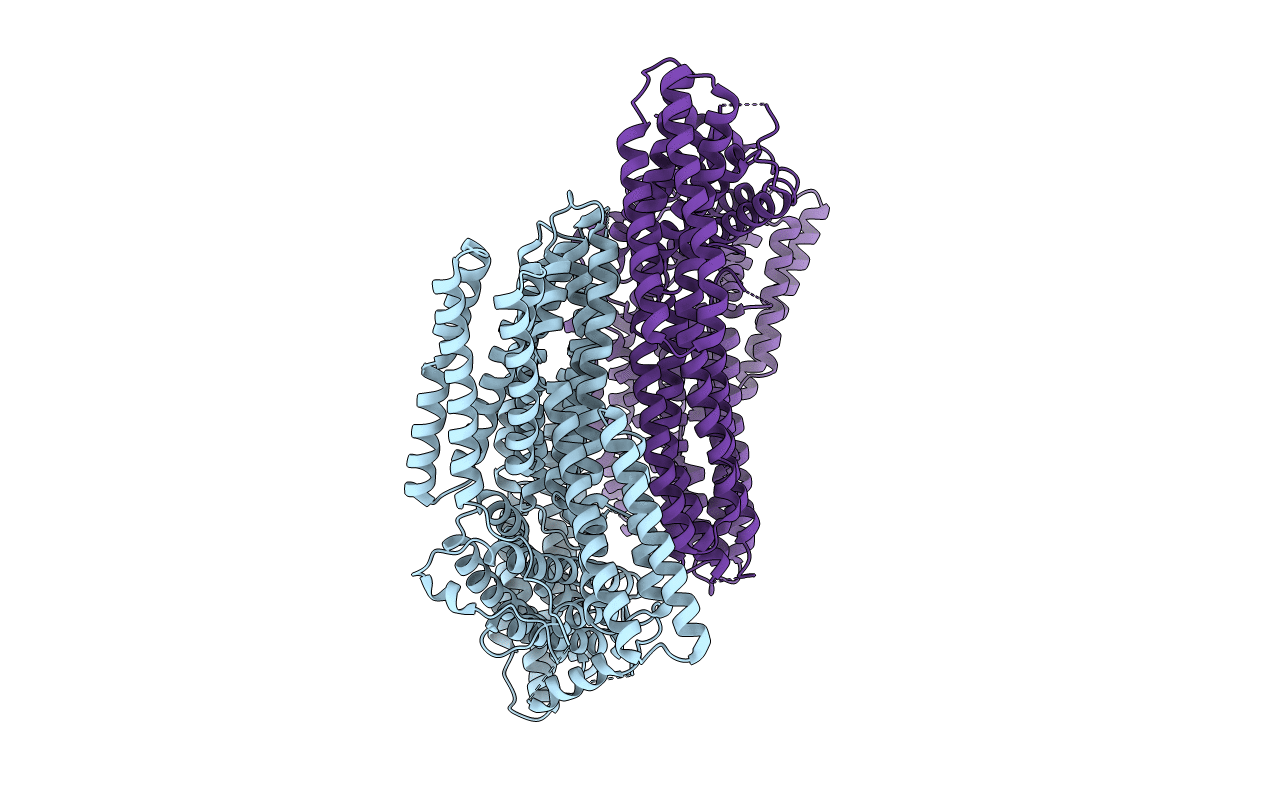
Deposition Date
2017-10-26
Release Date
2018-06-13
Last Version Date
2024-03-13
Entry Detail
PDB ID:
6BFI
Keywords:
Title:
Vinculin homolog in a sponge (phylum Porifera) reveals vertebrate-like cell adhesions involved in early multicellular evolution
Biological Source:
Source Organism:
Oscarella pearsei (Taxon ID: 1940113)
Host Organism:
Method Details:
Experimental Method:
Resolution:
2.30 Å
R-Value Free:
0.26
R-Value Work:
0.21
R-Value Observed:
0.22
Space Group:
P 1


